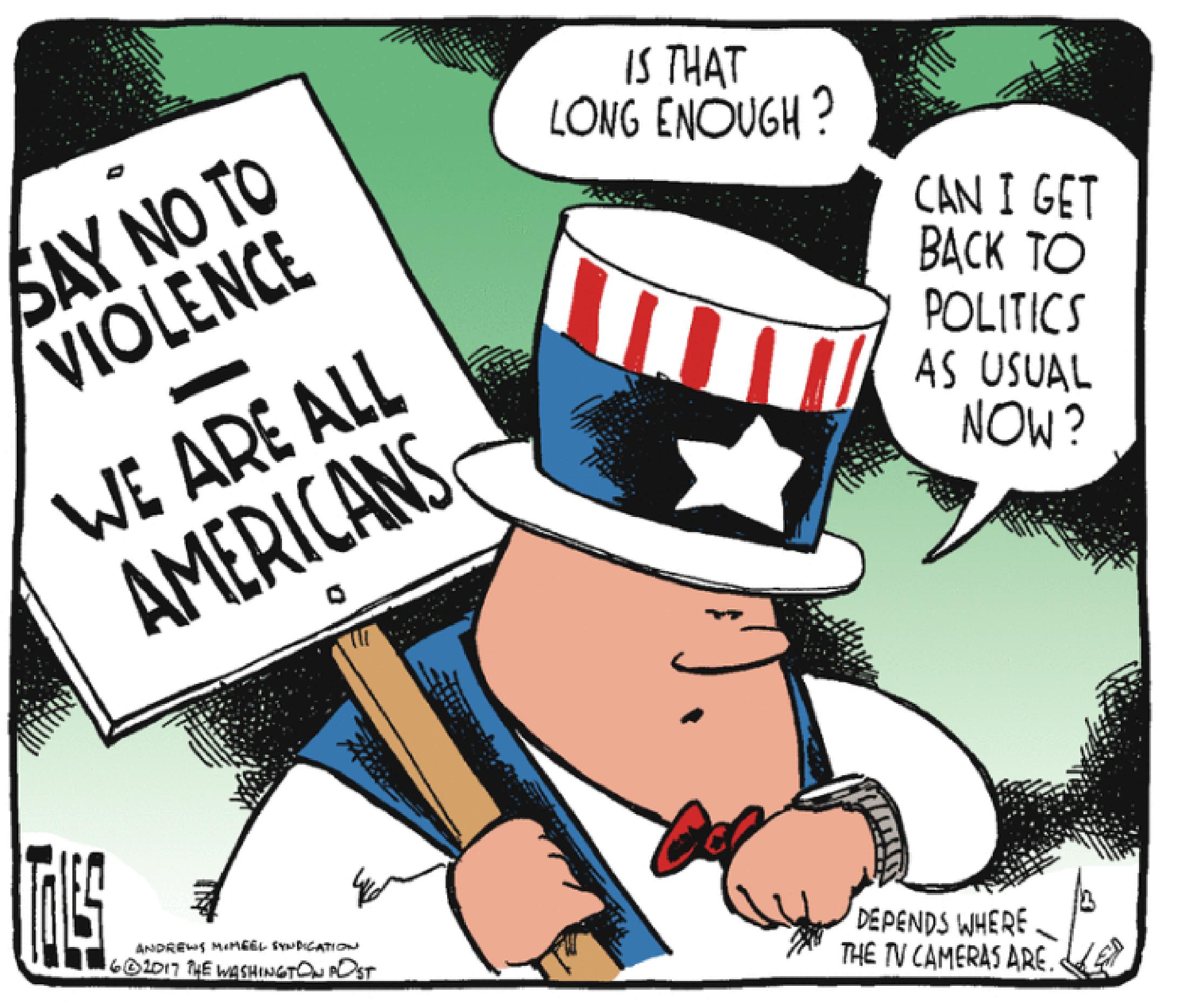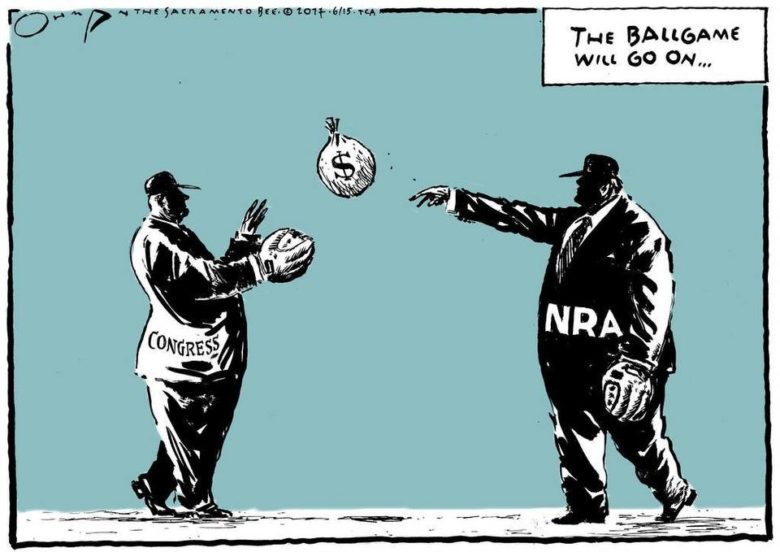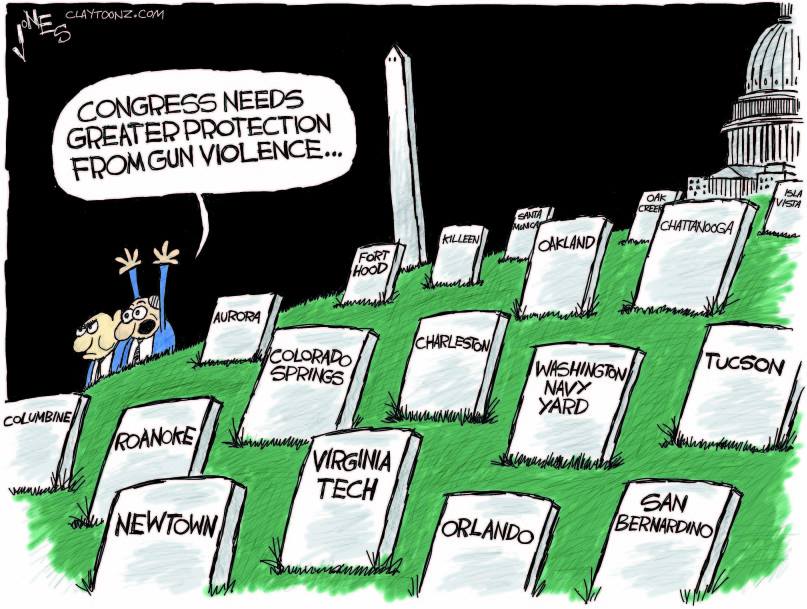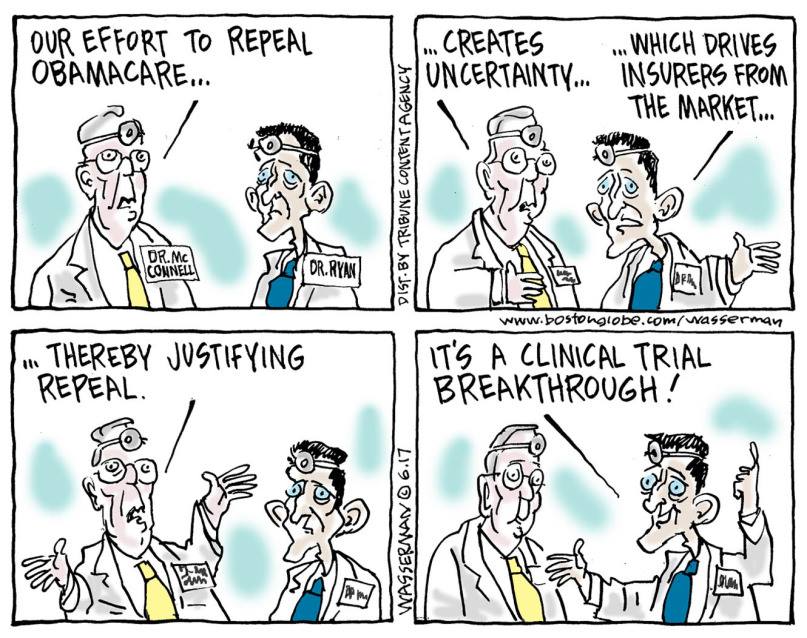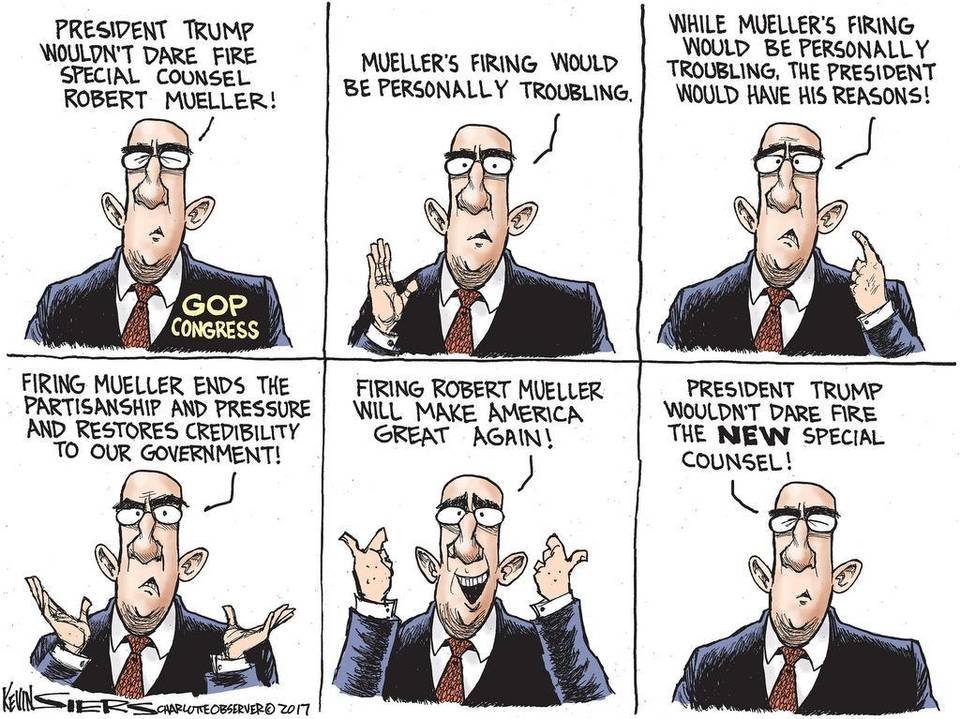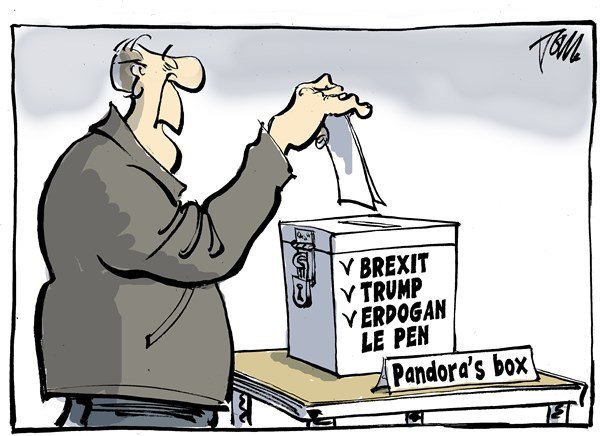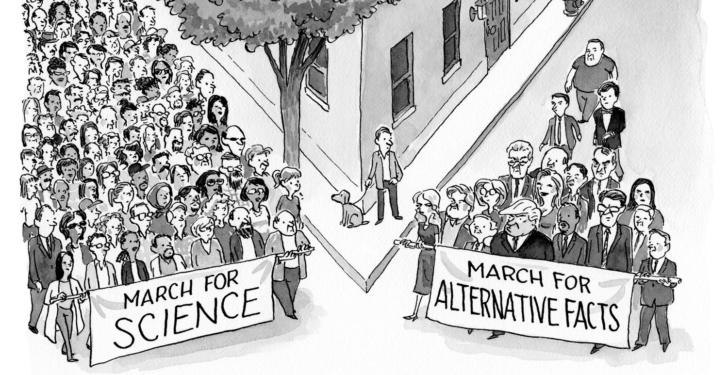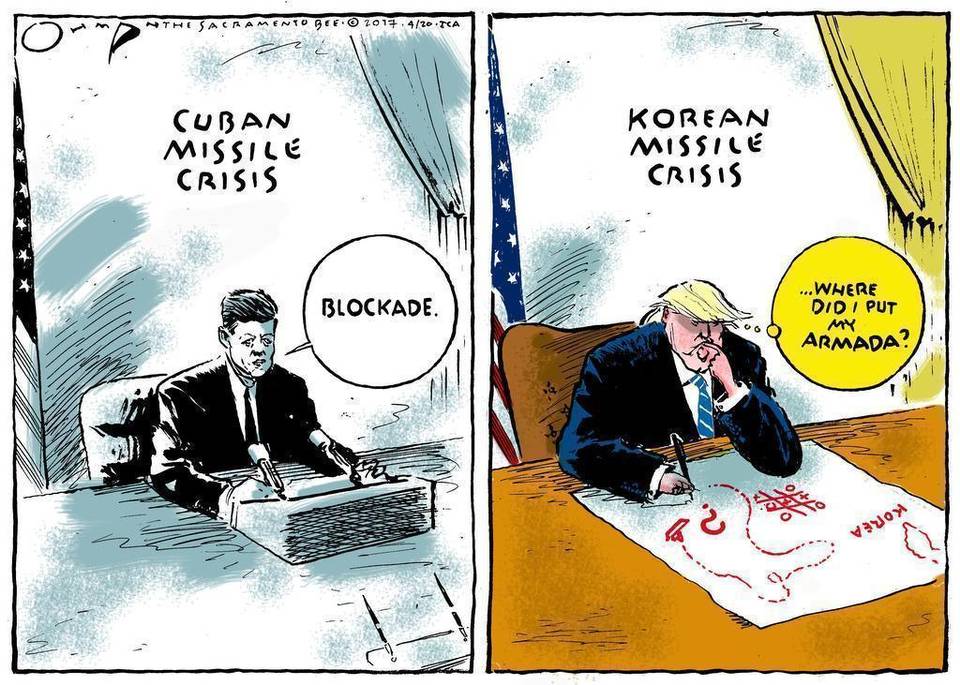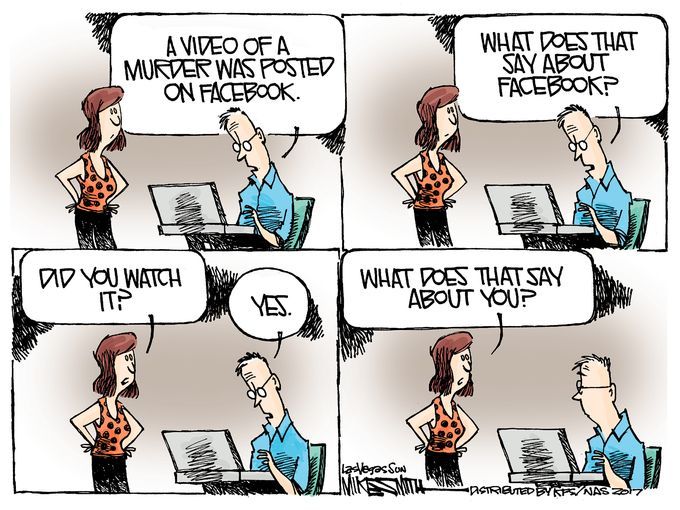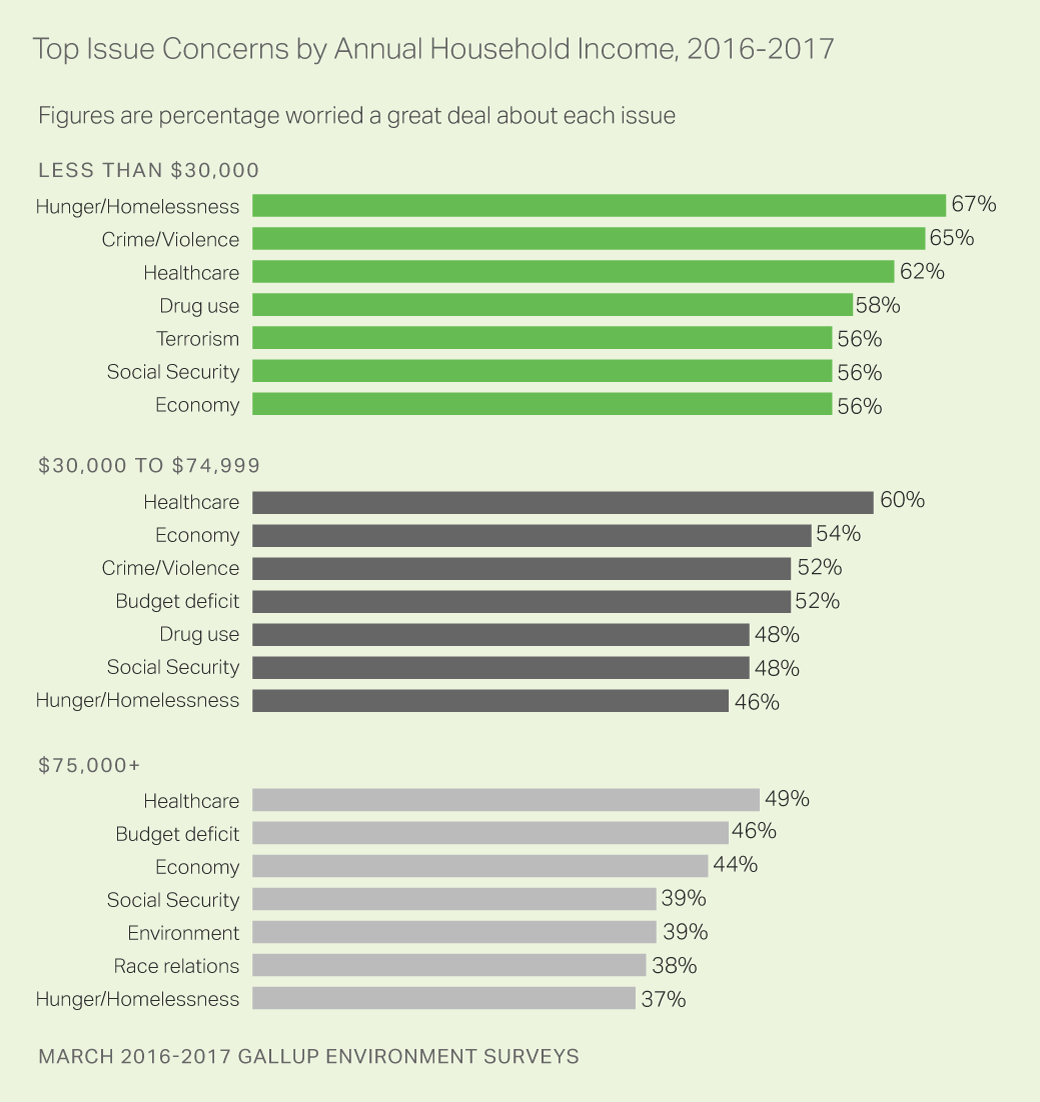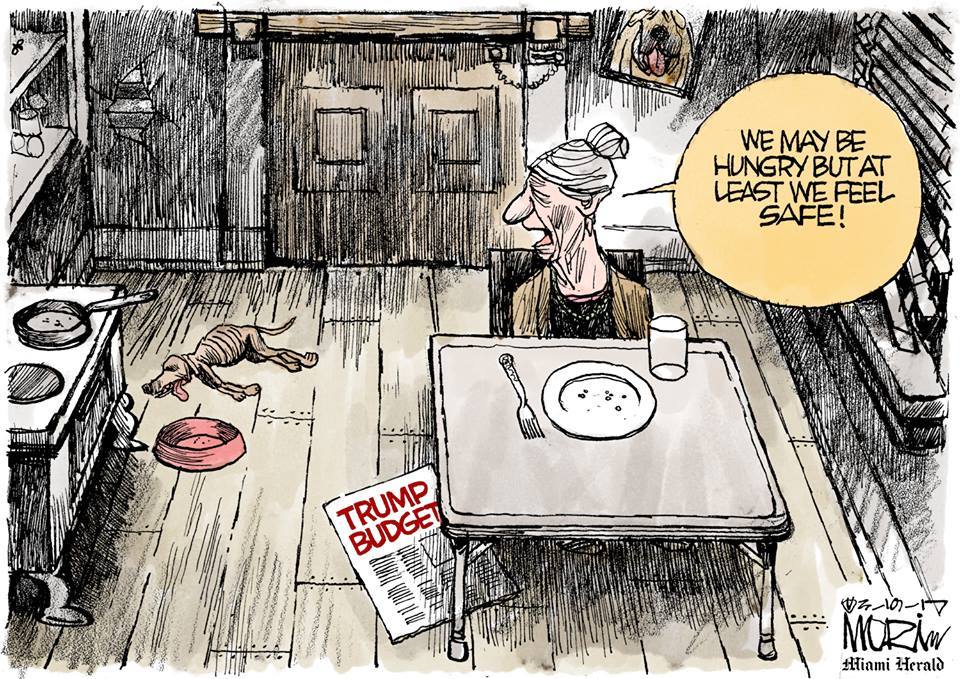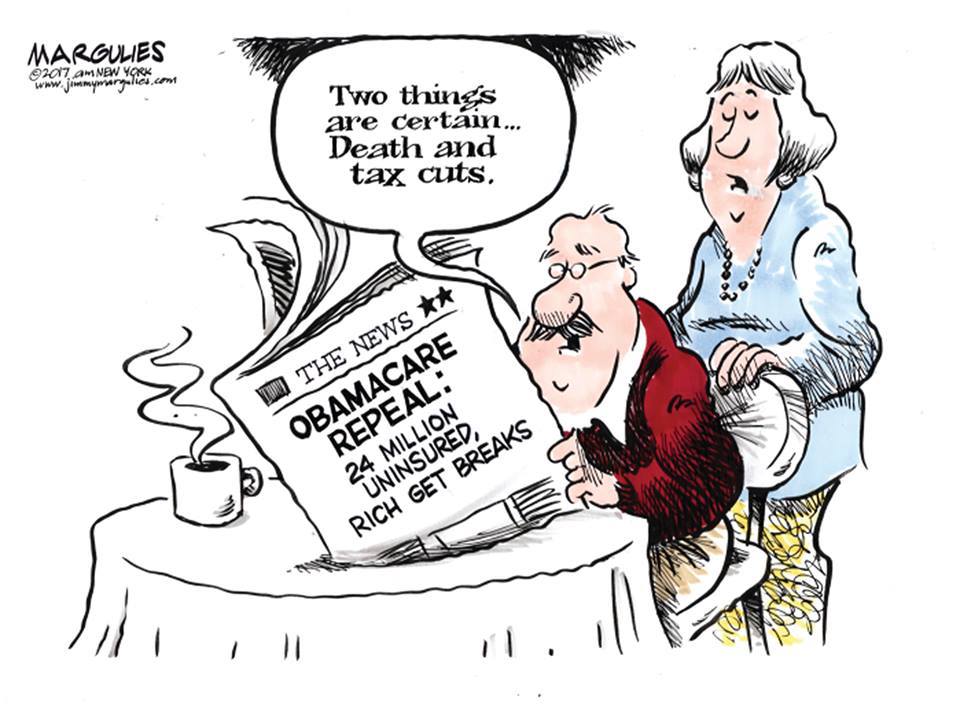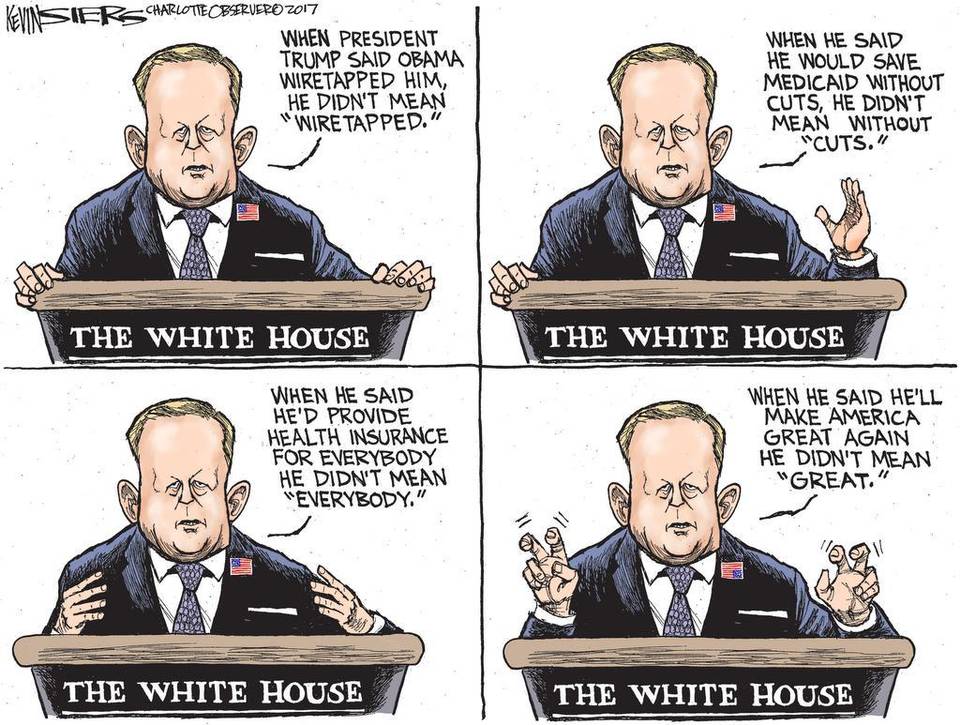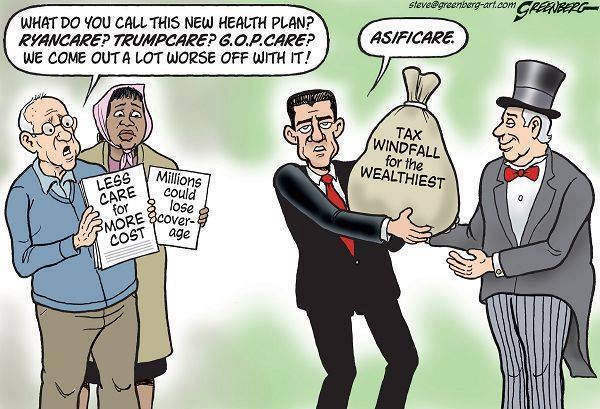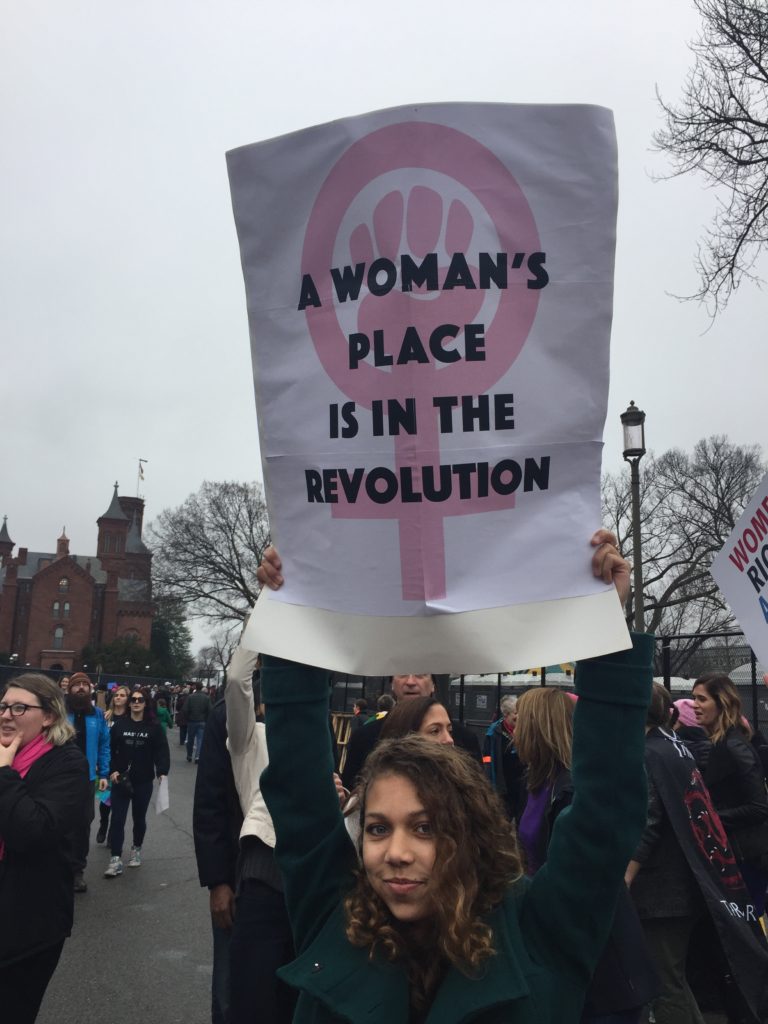The Daily Escape:

Matsumoto Castle, Japan – photo by Aaron Bedell
Wow! Trump outdoes himself with his Twitter attack on America’s sweethearts, Joe and Mika.
But today, let’s focus on Medicaid, and the possibility that it will be phased out by Mitch McConnell and his Republican Senate colleague’s effort to save America by giving more tax cuts to the rich.
Amy Davidson at the New Yorker wrote about “The Senate’s Disastrous Health Care Bill” in the July 3rd issue: (emphasis by the Wrongologist)
Medicaid, for example, covers seventy-four million low-income Americans—a fifth of the population. There is no simple picture of this group; according to the Kaiser Family Foundation, thirty-four million are children, eleven million are disabled, and seven million are elderly, a large number of whom live in nursing facilities. Many of those people led middle-class or even affluent lives, until their savings were consumed by the cost of residential care, which, in large part, is not covered by Medicare; nearly two-thirds of nursing-home patients are, at some point, on Medicaid.
One of Obamacare’s innovations was to expand Medicaid eligibility to include people slightly above the poverty level. The federal government now pays the states a percentage of what it costs them to care for eligible residents: if a state spends more, it gets more, within certain parameters. Both Republican plans would radically restructure the program, giving states limited sums. The states would then have to use their own money to make up for the shortfall—or they could choose to spend even less. This change would place particularly devastating financial pressures on the elderly, at a time when the population is aging.
We’ll see whether the GOP is successful in gutting Medicaid after the July 4th break. Josh Marshall of Talking Points Memo made a great point about how Republican goals for health care were not what they campaigned on, while talking to CNN’s Wolf Blitzer:
When you try three times to ‘repeal and replace’ and each time you come up with something that takes away coverage from almost everyone who got it under Obamacare, that’s not an accident or a goof. That is what you’re trying to do. ‘Repeal and replace’ was a slogan that made up for simple ‘repeal’ not being acceptable to a lot of people. But in reality, it’s still repeal. Claw back the taxes, claw back the coverage.
It is detestable to spin their dismantling of Medicaid as “reform”. It is even more detestable to say that with Repeal and Replace, people will have better health insurance.
So, we need to relax and try to forget all about this for a few days. Wrongo’s suggestion is that you grab a cup of Kick Ass coffee, settle in a comfortable chair where you can look out a window, and listen to Ralph Vaughan Williams’s “The Lark Ascending”.
Today’s soother was suggested by blog reader Shelley VK. We have it performed by violin soloist, Janine Jansen with Barry Wordsworth conducting the BBC Orchestra at the Royal Albert Hall in 2003. Jansen is playing a 1727 Stradivari “Barrere” violin:
https://www.youtube.com/watch?v=f4NMf2PO_mQ
Those who read the Wrongologist in email can view the video here.

